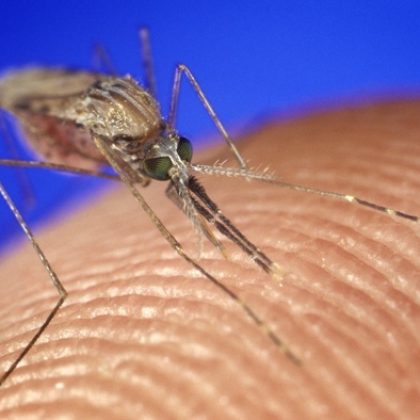How immune responses to Leishmania impacts vaccine development
The October paper of the month from Parasitology is ‘Immune responses during cutaneous and visceral leishmaniasis’ from Volume 141, issue 12, by Lukasz Kedzierski and Krystal J. Evans. In this article Dr Kedzierski from Walter and Eliza Hall Institute of Medical Research, Victoria, Australia discusses the research.
“Leishmaniasis is currently one the most neglected and underfunded protozoal diseases in the world. The reason for this state of affairs is not clear, but most likely is linked to relatively low levels of mortality caused by Leishmania when compared to other infectious diseases, in particular malaria. However, the Leishmania-caused morbidity is one of the highest amongst protozoal infections. Despite substantial research effort by many laboratories, anti-leishmanial treatment still relies on increasingly ineffective chemotherapy and we are not a step closer to develop an anti-leishmanial vaccine. The latter problem however, is plaguing the entire field of anti-protozoal vaccine development. Humans who recovered from the primary infection are refractory to reinfection, and this observation has been driving anti-leishmanial vaccine development for several decades. Thus far, unsuccessfully.
As this review highlights, immune responses to Leishmania are very complex and this complexity is further exacerbated by differences in immunology between two major forms of leishmaniasis – cutaneous and visceral caused by several different species. This is further compounded by the fact that each host–pathogen combination differs in the way the parasite establishes the infection, survives and persists. Considering the intricacy of the immune responses and the ingenious ways the parasite evolved to avoid host immunity, it is perhaps not surprising that we are faced with a very difficult task. Therefore, an understanding of the immune processes during infection is paramount to the development of a successful means of parasite control.
Unfortunately, all major immunological observations come from inbred animal models that poorly recapitulate the situation in humans. While the number of human studies is on the rise they are usually correlative and quite often not confirming observations from mice or hamsters. The major stumbling block is the lack of immune correlates that would enable us to focus vaccine efforts on the induction of certain immune responses, since it is clear that the canonical division into protective Th1 and non-protective Th2 responses does not often hold true in the human setting.
One of the more perplexing questions is why so many prophylactic anti-leishmanial vaccine trials failed in the field? Have they failed to elicit a robust pool of memory cells and do T cell memory cells form following the natural Leishmania infection? The fact that individuals who recovered from natural infection or had an asymptomatic disease, harbour a pool of cryptic parasites, suggests that those parasites might serve as an antigen repository maintaining a population of effector cells that are always ready to combat a secondary Leishmania challenge.
A few studies addressing the question of memory formation in animal models, indicated that cells of the correct phenotype could be detected in animals, so why have human vaccines tested so far failed? Answers to these questions and more thorough understanding of anti-leishmanial human immunology will prove invaluable in our search for a successful vaccine, not only against Leishmania, but other protozoan infections as well.”






